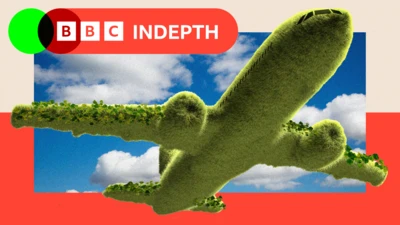We've updated our Privacy and Cookies Policy
We've made some important changes to our Privacy and Cookies Policy and we want you to know what this means for you and your data.
Elusive night parrot found in South Australia, ecologists say
Image source, JOHN YOUNG
Top Stories
Wildlife researchers say they have found one of the world's rarest birds in South Australia - the first proof of it there in more than a century.
The night parrot was feared extinct in Australia until 2013 when one was photographed in Queensland by ecologist John Young.
In July, Mr Young and fellow ecologist Keith Bellchambers found a feather in a nest near Lake Eyre in South Australia.
They say it indicates night parrots are living in the remote region.
Independent testing from the Western Australian Museum has verified the feather belongs to the nocturnal parrot, one of the most elusive birds in the world.
Top Stories
Since 2013, it has also been confirmed to live in Western Australia.
Image source, AUSTRALIAN WILDLIFE CONSERVANCY
The Australian Wildlife Conservancy ecologists investigated its potential presence in South Australia after spotting a "cryptic" shape in a grainy, night-vision photo captured on a camera trap at Kalamurina Wildlife Sanctuary, near Lake Eyre.
Lake Eyre, also known as Kati Thanda, is a vast basin covering 9,500 sq km (3,668 sq miles) and is frequently in drought.
Top Stories
The team scouted a large area by air before settling on one region where a sighting had been made in 1883.
After examining a number of finch nests, Mr Young found what he described as an "unmistakeable" green feather.
"People show excitement in many different ways, mine was to shake uncontrollably with numbing excitement and Keith's was sheer disbelief with his hands holding his head," he said.
"An incredibly emotional time for both of us."
The researchers said feather was not found in the parrot's usual spinifex habitat but near samphire, a succulent.
It could lead to better understanding of the species and how to protect it, the Australian Wildlife Conservancy said.
The ecologists will now attempt to track the size of the population.
Top Stories
More to explore
Most read
Content is not available








